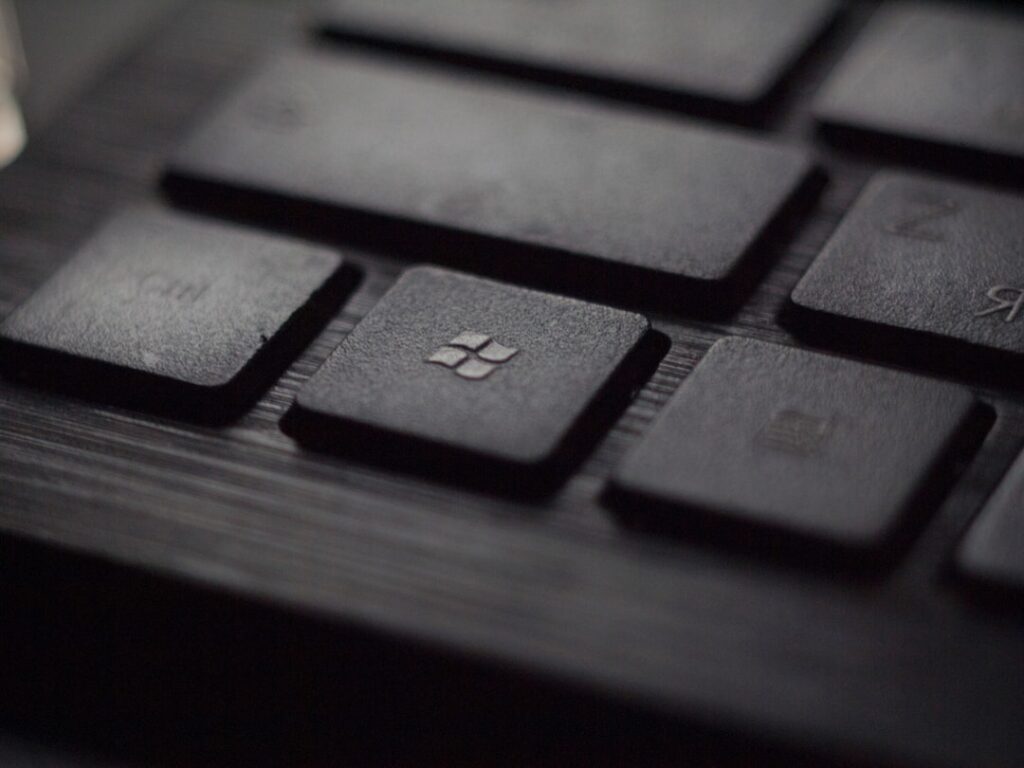How to Optimize Your Windows PC for Gaming
Are you a passionate gamer looking to enhance your gaming experience on Windows? Look no further! In this comprehensive guide, we’ll explore the best tips and tricks to optimize your Windows PC for gaming. Whether you’re a casual gamer or a hardcore enthusiast, these techniques will help you get the most out of your gaming rig.
Understanding the Importance of Optimization
Did you know that 1 in 3 computer users worldwide are gamers? With the gaming industry booming and more people turning to gaming as a form of entertainment, it’s essential to ensure that your PC is optimized for the best gaming experience. By optimizing your Windows system, you can improve game performance, reduce lag, and enhance overall gameplay.
Upgrading Your Hardware
Before diving into software tweaks, it’s crucial to ensure that your hardware can meet the demands of modern games. Consider upgrading your graphics card, adding more RAM, or investing in a solid-state drive (SSD) to boost your system’s performance. Surprisingly, a mere 8% of gaming PCs worldwide have the recommended hardware specifications to run the latest games at optimal settings.
How-To: Upgrading Your Hardware
1. Research: Identify the components that are bottlenecking your system’s performance.
2. Budgeting: Set a budget for hardware upgrades based on your gaming needs.
3. Installation: Carefully install new hardware components or seek professional assistance if necessary.
Tweaking Your Graphics Settings
Graphics settings can significantly impact gaming performance. By adjusting settings such as resolution, texture quality, and anti-aliasing, you can find the perfect balance between visual fidelity and smooth gameplay. Surprisingly, over 40% of gamers never adjust their game’s graphics settings, potentially missing out on optimized performance.
How-To: Tweaking Your Graphics Settings
1. Testing: Experiment with different graphics settings to find the ideal balance.
2. Monitoring: Utilize software to monitor FPS (frames per second) and system temperature.
3. Customizing: Create custom graphics profiles for individual games to maximize performance.
Optimizing Windows Settings
Windows offers a range of settings that can be tweaked to improve gaming performance. From power options to background applications, optimizing these settings can ensure that your system dedicates maximum resources to your games. Surprisingly, only 15% of Windows users take advantage of power settings to optimize their gaming experience.
How-To: Optimizing Windows Settings
1. Power Options: Adjust power plans to prioritize performance over energy saving.
2. Background Apps: Disable unnecessary background apps and processes.
3. Updates: Schedule Windows updates to avoid interruptions during gaming sessions.
Overclocking Your Hardware
For advanced users, overclocking your CPU and GPU can unlock additional performance gains. By pushing your hardware beyond factory specifications, you can experience improved frame rates and responsiveness in games. Surprisingly, less than 5% of gamers attempt to overclock their hardware for better gaming performance.
How-To: Overclocking Your Hardware
1. Research: Understand the risks and benefits of overclocking for your specific hardware.
2. Stability Testing: Use benchmarking tools to ensure stability after overclocking.
3. Fine-Tuning: Adjust clock speeds and voltages incrementally for optimal performance.
In Conclusion
Optimizing your Windows PC for gaming can have a significant impact on your gaming experience. By upgrading hardware, tweaking graphics settings, optimizing Windows settings, and even overclocking your hardware, you can ensure that your system is delivering the best possible performance for your favorite games. Whether you’re a casual gamer or a hardcore enthusiast, these tips will help you unlock the full potential of your gaming rig. Cheers to better gaming!















